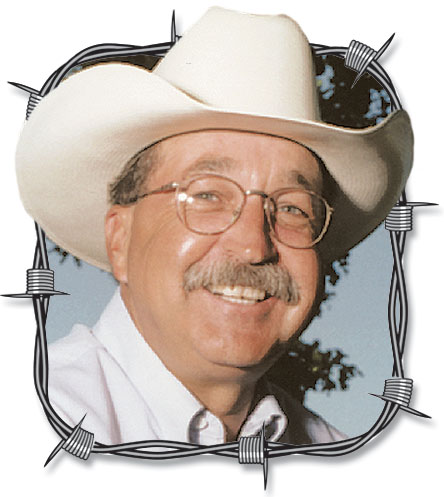 I’m used to getting some strange phone texts from my wife, but last week’s message took the cake, when she asked, “What is blue john milk?”
I’m used to getting some strange phone texts from my wife, but last week’s message took the cake, when she asked, “What is blue john milk?”
She had overheard her friend, Rex, use the term and even though she had heard it before, she couldn’t remember to what it referred.
Those of you who are my age and older, who grew up on a farm where cows were milked and you were raised on the freshest moo-juice possible, will know. I told her that long before homogenization became a thing, the fresh cow’s milk, if allowed to sit in a container overnight in the refrigerator, would produce a layer of rich, fatty cream on the top, that could be carefully skimmed off the next day, in case you wanted to make homemade butter or just use the cream for cooking, etc. The liquid that was left was the equivalent of today’s version of skimmed milk – a no-fat, pale looking, white liquid that might even have a bluish tint to it, and, as my dad used to describe it, “blue john milk doesn’t have enough oomph to keep a cat alive.”
I guess it was just a coincidence that her question about the weak milk happened during the same time as the introduction of one of the big fast-food giant’s “meat-free” burgers. I’ve been hearing about it for some time and figured it would be just another failed attempt to produce a veggie burger that didn’t taste like…well…a veggie burger. So, I was surprised when I started reading reviews by food critics, columnists and editors that raved about its tastiness and texture.
Many stated they could not distinguish it from the real beef served up by the same company. According to reports, the introduction of the new meatless burger was such a success that it is now going to be offered nationwide.
To be fair, I have not tasted the new product and, since I raise beef cattle, have no plans to do so. I do, however, have a friend who told me that his niece’s boyfriend’s sister’s fiancé’s friend had tried one and found it to be delicious and worth the extra $1 to $3 price tag (depending on where you live) per burger, in order to do her part in saving the planet and eating healthier.
I did look up the ingredient list for the new burger and, to me, it looked like a page from my old organic chemistry textbook. Granted, I was happy to get out of the course with a D, but I still don’t think I want to eat things I can’t pronounce.
Also, it should be pointed out that the nutritional value is considerably less than the nutrients contained in real beef.
My suggestion, then, to those who want to pay more money for less nutrition, would be to order the new meat-free burger along with a big, cold, glass of blue john milk.
Jerry Crownover farms in Lawrence County. He is a former professor of Agriculture Education at Missouri State University, and is an author and professional speaker. To contact Jerry, go to ozarksfn.com and click on ‘Contact Us.’






